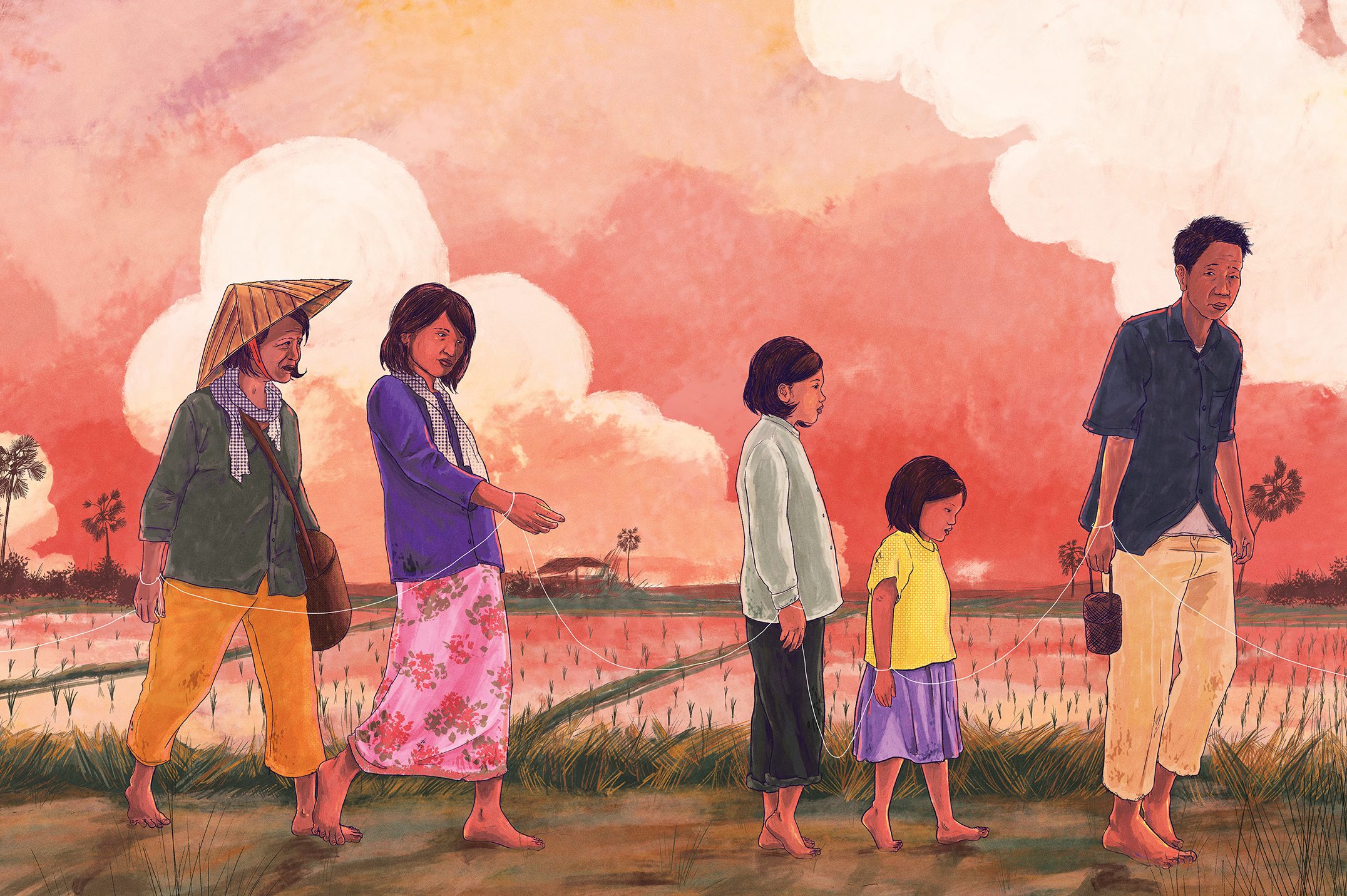Throughout the year, UConn Today, UConn Magazine, and UConn Health Journal increase visibility for the work at UConn as a top-tier research institution. The storytelling is done by a talented team of editors, writers, photographers, designers, and videographers. Here, we celebrate the work of artists and writers, who often collaborate to draw readers into the stories. Take another look at the work of these teams in 2018.
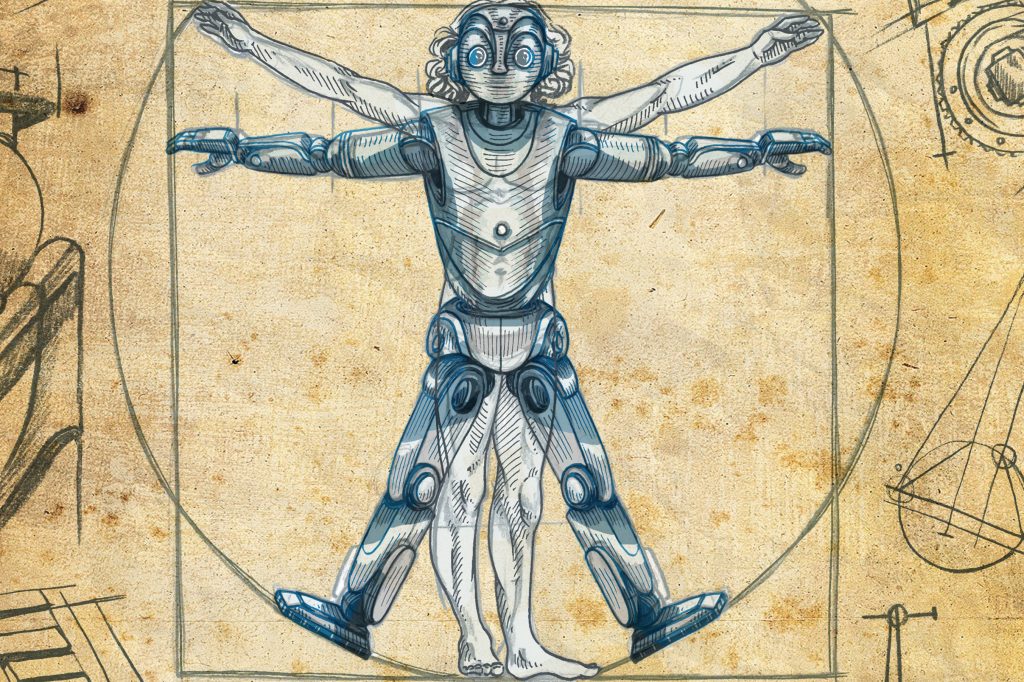
The I.Q. of A.I.
UConn researchers are teaching robots to think like humans. Is that a good idea? (Colin Poitras for UConn Magazine)
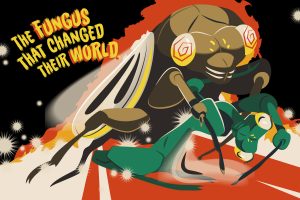
Invasion of the Body-Snatching Fungus
UConn researchers recently documented in Nature Scientific Reports a gory and fascinating relationship between periodical cicadas and a fungus that infects them, hijacks their behavior, and causes a scene straight out of a zombie movie. (Elaina Hancock for UConn Today)
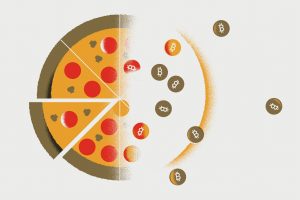
Bitcoin Believers
If you can understand pizza and poker, you can understand Bitcoin – and David Noble believes you should. (Peter Nelson for UConn Magazine)
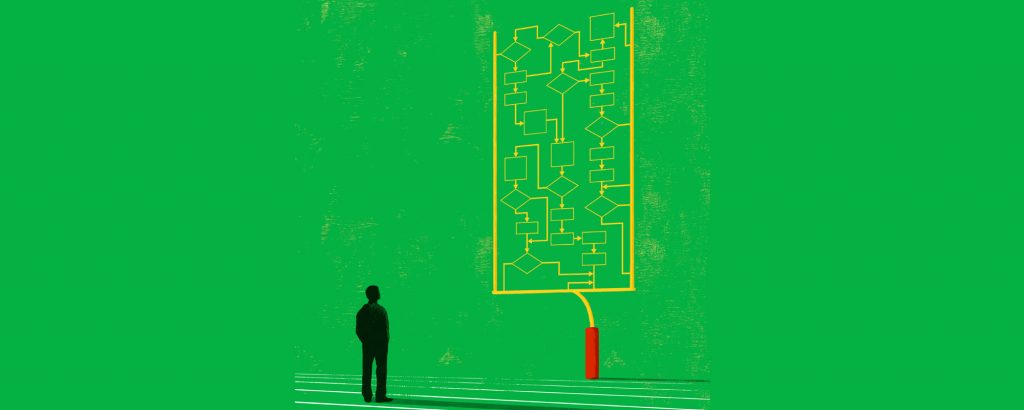
The Everything Algorithm
How to win your NFL pool, thwart a terrorist, maximize your delivery routes, and find the perfect kidney match. (Jeff Wagenheim for UConn Magazine)
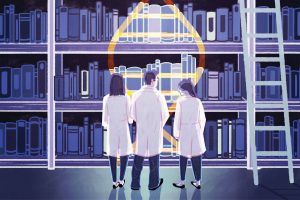
Curators Versus Cancer
A special team of medical literature experts are on the hunt for cancer’s kryptonite, one mutation at a time. (Kim Krieger for the UConn Health Journal)
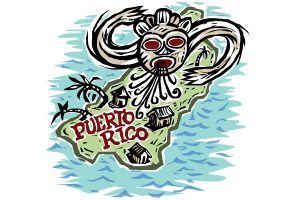
The Impact of Hurricanes on the Ecosystem in Puerto Rico
UConn professor of ecology and evolutionary biology Michael Willig is part of an international team that has spent the past 30 years studying elements of the ecosystem in hurricane-prone Puerto Rico, and how that ecosystem responds to weather-driven disturbances. (Elaina Hancock for UConn Today)
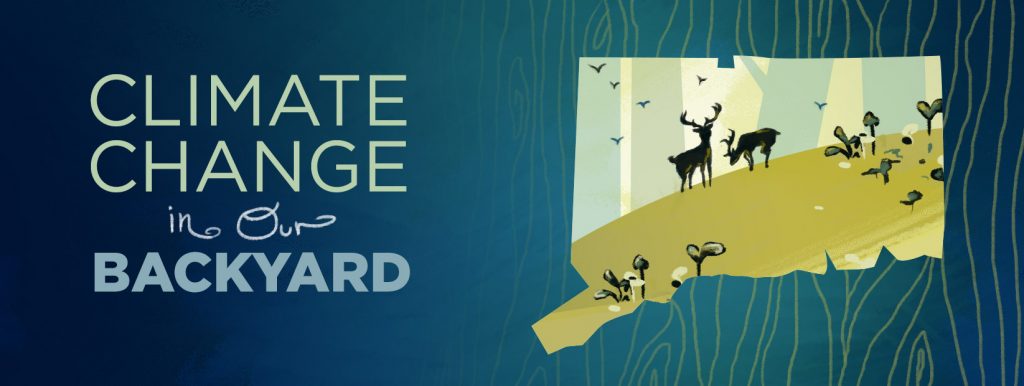
Climate Change in Our Backyard
When you think of climate change, what comes to mind? Rather than drawing upon images of far-flung regions, just look out your window and you will likely see something resulting from our changing climate. This series aims to draw your attention to some of the rapid transitions happening locally, and explore the many ways UConn students and researchers are investigating and responding to environmental trends around us. (Series by Elaina Hancock for UConn Today)

Ovarian Cancer Cells Hoard Iron to Fuel Growth
Cancer cells tend to hoard iron, and researchers at UConn Health have found that iron may be playing a critical role in fueling the cells’ growth through increased fatty acid synthesis. (Kim Krieger for UConn Today)
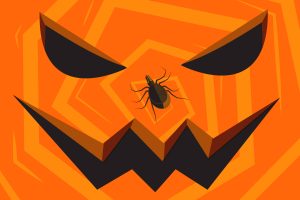
Tick-or-Treat!
Think tick, or risk being tricked by these ‘blood-sucking vampires,’ cautions pathobiologist Paulo Verardi, whose lab is working to develop vaccines for a number of emerging tick-borne diseases. (Elaina Hancock for UConn Today)
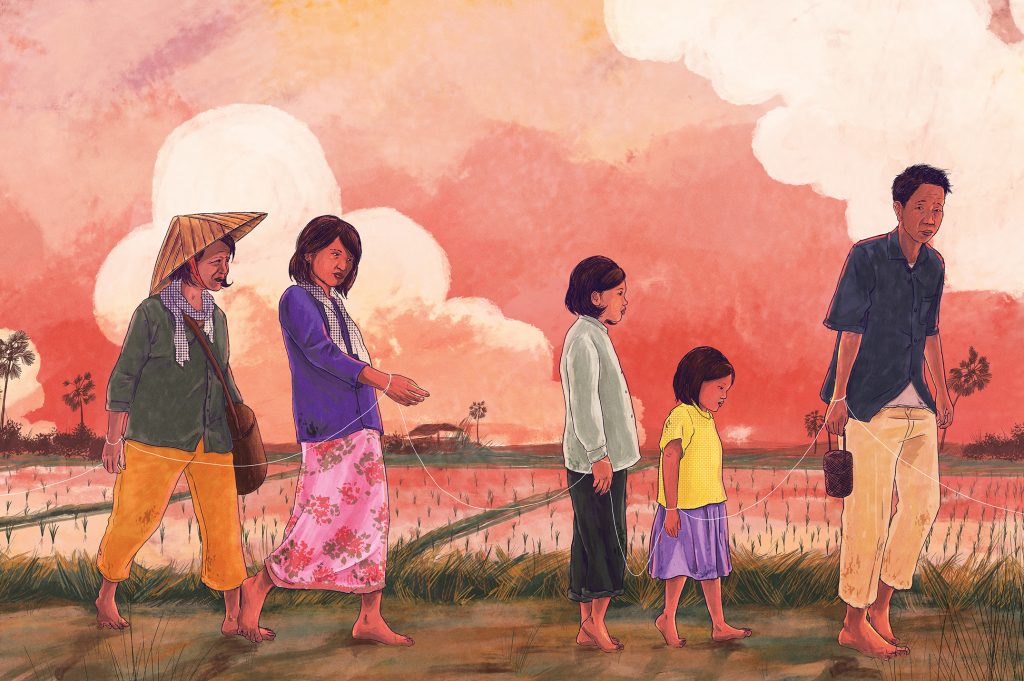
By a Thread
Cambodian refugees, severely tortured 40 years ago, are suffering from trauma-related diseases today. A team of UConn professors is helping them here, and in their homeland. (Julie (Stagis) Bartucca ’10 (BUS, CLAS) for UConn Magazine)
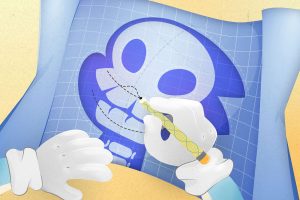
Blueprint for the Skull
A new UConn Health study has found that cleft palate is caused by a disruption of the regulatory pieces of DNA. (Kim Krieger for UConn Today)
